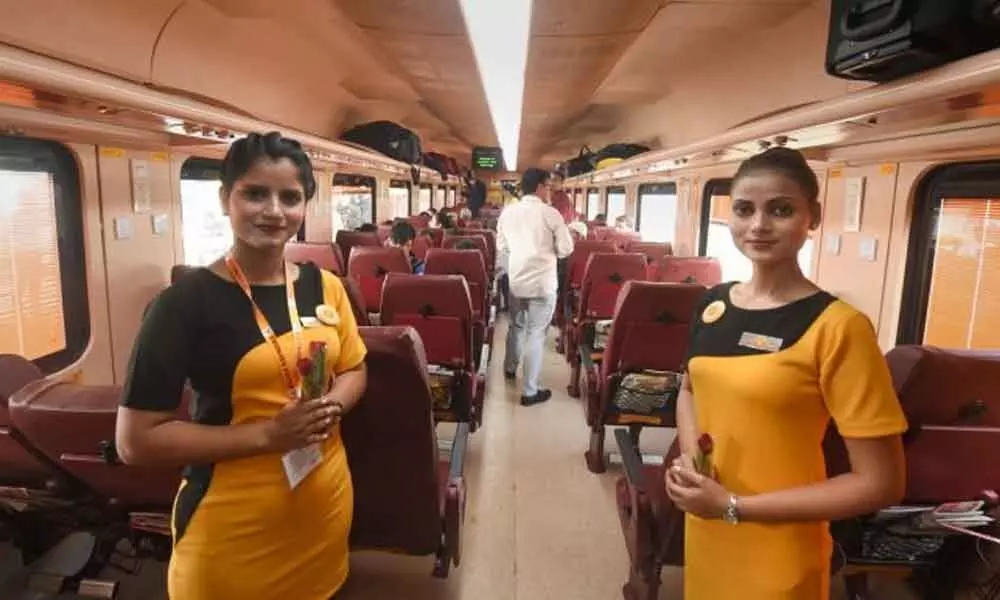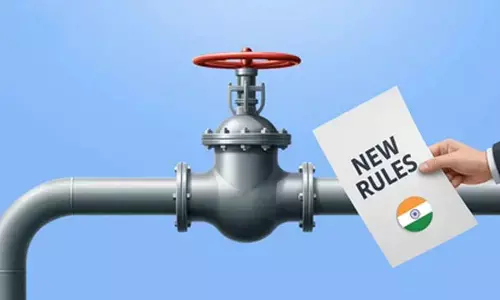Getting private rail operations on right track

Fundamental to business success over and above external market conditions is the ability of a business to move the levers of revenues and costs to drive a sustainable profit margin.
Fundamental to business success over and above external market conditions is the ability of a business to move the levers of revenues and costs to drive a sustainable profit margin. As crucial decisions around allowing private players to operate passenger trains are made, a relook at the fundamental requirements for success would be appropriate.
Focus on policy framing and, more importantly, policy implementation will add much value. In this context, the decision to allow private players to operate passenger trains in India is promising, exciting and perhaps one that will need significant focus on policy framing and implementation.
The Indian Railways must improve its revenues vis a vis costs, and that is urgent, especially given the gargantuan size and contribution of the rail network in India. In this context as the policy regarding private operators is constructed, it would be prudent to utilise a simple framework of the classic profit function given by "revenues minus costs" to throw light upon the critical levers of success for the private player scheme in Indian Railways.
On the revenue front, policy clarity on the price will be crucial. Train operators having control over price will be vital for the success of the venture. While the question regarding prices moving higher is appropriate, one must remember that the trains will compete with alternate modes of transportation such as airlines and roads.
Primarily, given the passenger perception of the trade-off between "travel duration and price", market forces will create a natural price cap. While the market will create an equilibrium price through demand and supply, it is essential to let private operators determine the price for the service they provide since pricing is probably the most fundamental lever of value creation available.
Additionally, decisions around the capacity that each train can utilise will be necessary. While some information and ideas have been floated, absolute clarity of essentially the "volume range" or the number of coaches from the outset will be critical.
In a business with a perishable commodity, the ability of a business to adjust volumes in response to market demand will be a crucial driver for the success of the private operator scheme. It is also vital to realise that given the nature of trains, whereby piecemeal coaches can be added and removed, capacity utilisation strategies will have a significant say in the success.
Clarity is warranted on what mechanisms will be available for the operators to improve their account receivables. The gap between "income earned" and "cash received" is a significant value-driver of business returns.
A structured approach at the outset that allows the private operators to have a clear idea of the exact process between the sales of tickets and cash infusion will be vital. Essentially, it will be important that the process of selling the service and collecting the revenues is laid out.
On the cost side, clarity will be required around labour availability, flexibility in hiring decisions, fees to be paid for utilisation of public infrastructure, and the availability of the rail tracks for the private operators.
The ability of the policy framework to lay out the costing side effectively with extreme clarity will go a long way in generating investor and operator interest in Indian Railways. More importantly, the effective implementation of the cost policy will be vital. The long-term success of the passenger train framework will need a wide variety of players in the fray.
Partnerships between train operators and financiers offer a model that can deliver long-term sustainability to the structure. The capacity to understand the train business along with the ability to source capital at relatively low rates to finance the rolling stock will be valuable in the grand scheme of things. For both operators and the government, clarity around capital expenditure schemes will also be a significant driver of profitability.
Once the levers of profitability are clearly defined then both the government and the operator will have to address questions around what strategy needs to be adopted in terms of multiple auction routes being made available to a single operator.
Quite clearly, the trifecta of pricing, capacity utilisation and scale will probably be the biggest drivers of a successful private rail operator scheme. Whether individual routes can be profitable or whether shared capacity utilisation through operating clusters is needed for long-term sustainability are all questions that must be investigated.
As in other sectors, cleverly designed and well-implemented policies will be a significant contributor to investment growth and asset creation in Indian Railways. A sharp focus on each component of the profit function is a strategy that helps identify fundamental gaps that often determine the difference between success and failure.

















